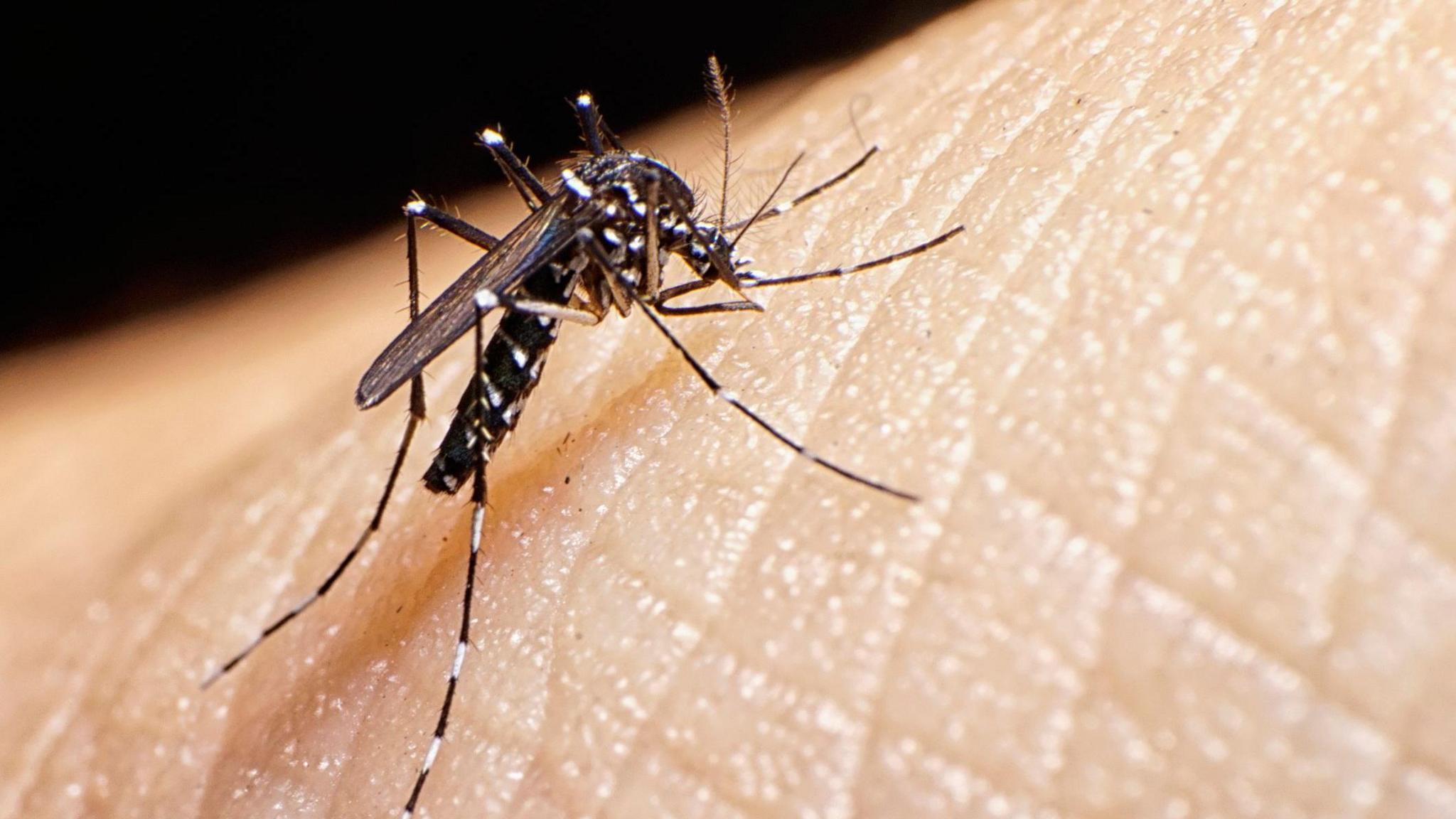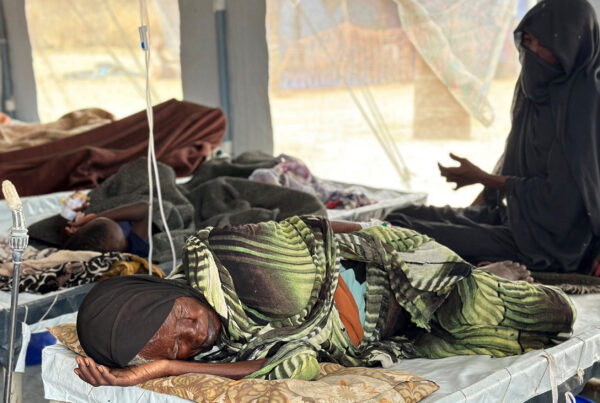Tropical diseases nicknamed “suitcase viruses” are drawing growing concern from European health authorities. Chikungunya and Oropouche viruses, typically found in tropical regions, have been detected in travelers returning from countries with active transmission. The United Kingdom reported 73 chikungunya cases in the first half of 2025, a sharp rise from the previous year. Most patients had traveled to Sri Lanka, India, or Mauritius. Meanwhile, the Oropouche virus, once confined to the Amazon, has been found in travelers from Brazil.
Chikungunya Cases Surge in the UK and Europe
Official data shows that chikungunya cases in the UK have more than doubled compared to the same period in 2024. Across Europe, France has reported around 800 cases since May 2025, including 12 locally transmitted incidents, while Italy has confirmed one local case. French overseas territories such as Réunion have recorded more than 54,000 cases, and Mayotte over 1,000.
Chikungunya can cause high fever, severe joint pain, and in some cases lead to organ complications or death in vulnerable individuals. Symptoms can persist for months, resembling chronic arthritis. Primary prevention includes insect repellents, protective clothing, and Aedes mosquito control. A vaccine is available in private clinics within the EU and the US, though distribution remains limited.
Oropouche: A New Threat from the Amazon
The Oropouche virus, spread by biting midges and some mosquito species, has been detected in three travelers in the UK in the first half of 2025. Similar cases have been reported in Germany and France, all linked to travel from Brazil and the Caribbean. Last year, the EU recorded 19 imported cases, mostly from Cuba and Brazil.
Oropouche causes dengue-like symptoms such as fever, headache, muscle pain, and rash. In severe cases, the infection can progress to meningoencephalitis and neurological complications. Medical reports also link the virus to pregnancy risks, including miscarriage and microcephaly. There is currently no vaccine or specific treatment, with care focused solely on symptom management.
Climate Change and Invasive Mosquitoes
Concerns about the virus spreading within Europe are heightened by the presence of invasive mosquitoes like Aedes albopictus, or the “tiger mosquito,” now found in southeastern England. This species can transmit chikungunya and has the potential to spread Oropouche if the virus begins circulating locally. Warmer temperatures caused by climate change are expanding mosquito habitats and prolonging their active seasons, increasing the risk of local transmission.
Response and Prevention Measures
Health authorities in the UK and Europe have strengthened monitoring at points of entry and increased awareness campaigns for travelers. The WHO and ECDC recommend preventive measures such as repellents, long-sleeved clothing, and post-travel health checks. Pregnant women are advised to avoid travel to areas with active transmission due to the risk of severe complications.
Although there is currently no domestic transmission of Oropouche in Europe, experts warn that public health readiness is crucial. The availability of a vaccine for chikungunya is an advantage, but the lack of preventive measures for Oropouche remains a major challenge.
The rise in cases is a reminder that globalization and climate change mean tropical diseases are no longer confined to their original regions. Human mobility and the spread of invasive vectors are narrowing the geographical gap for viral threats. The world now faces the reality that global health risks can arrive in travelers’ suitcases, making prevention the first and most critical line of defense before outbreaks take hold.





